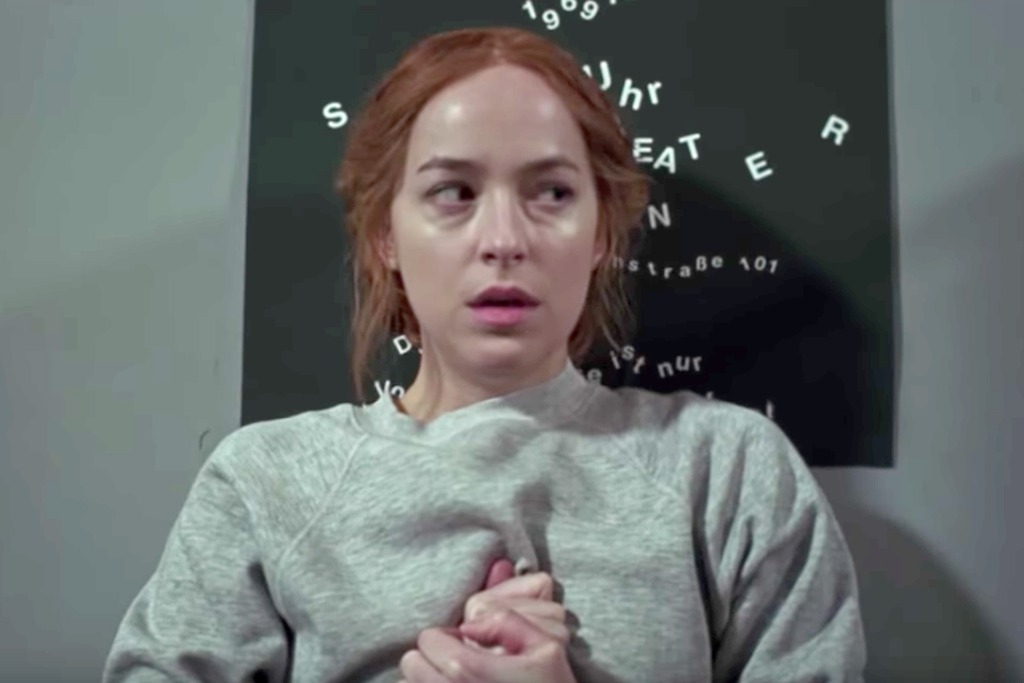
The first known horror film dates all the way back to 1896, when the French silent film Le Manoir du Diable shocked audiences with cutting-edge special effects and a dark (for the time) fantasy aesthetic. Over a century later, filmmakers are still constantly engineering new ways to frighten us, whether it’s through eerie special effects, nightmarish imagery, or by shining a light on our collective anxieties.
Despite horror’s reputation for producing some truly terrible cinema, the genre has also been the source of some of the greatest filmmaking of all time, Oscar recognition be damned. This is especially the case in the new millennium, where film studios like Blumhouse and A24 are spearheading the genre’s current renaissance and empowering exciting new filmmakers. Here, we will taking a look at ten films that undeniably deserve their prestigious position not only in the hallowed halls of the horror genre, but 21st century cinema at large.
1. The Cabin in the Woods (2011)
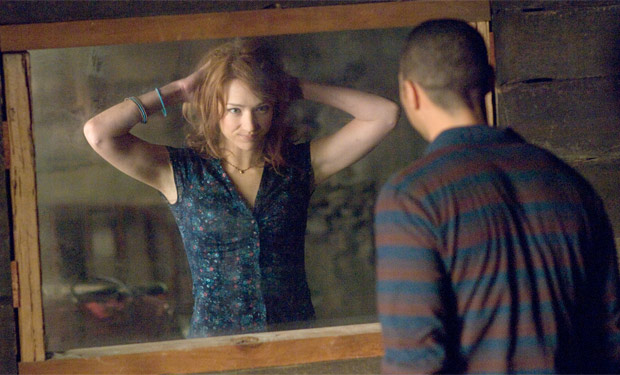
At first glance, Drew Goddard’s 2011 debut feature The Cabin in the Woods could not be more ordinary. It opens with a group of attractive college students embarking on an adventure to a remote cabin owned by a family member. All the usual suspects are here – the jock, the dumb blonde, the nerdy guy, the stoner, the innocent final girl – and first-time viewers will likely think they know how the next 95 minutes are going to go. The innocent main character seems destined to watch her friends be brutally murdered one by one, and it will be oh so entertaining. However, the reality of how the plot plays out is so surprising and ingeniously constructed, that to delve any further into what is really going on would simply be a crime. This is truly a film that needs to be seen to be believed.
While it may bear an aesthetic resemblance to Evil Dead, The Cabin in the Woods ends up more comparable to 1996’s Scream, updated for the next generation of horror films and horror fans. Much like Wes Craven’s landmark horror satire, The Cabin in the Woods is successfully able to lampoon a broad array of horror conventions and formulas while still executing the genre brilliantly. This duality gives the film a unique voice, each breath both a celebration and thinly-veiled critique of a genre that the filmmakers clearly love and thoroughly understand. Now, ten years after its release, perhaps it is time for a new voice to hold up the mirror for the next generation of filmmakers.
2. Suspiria (2018)
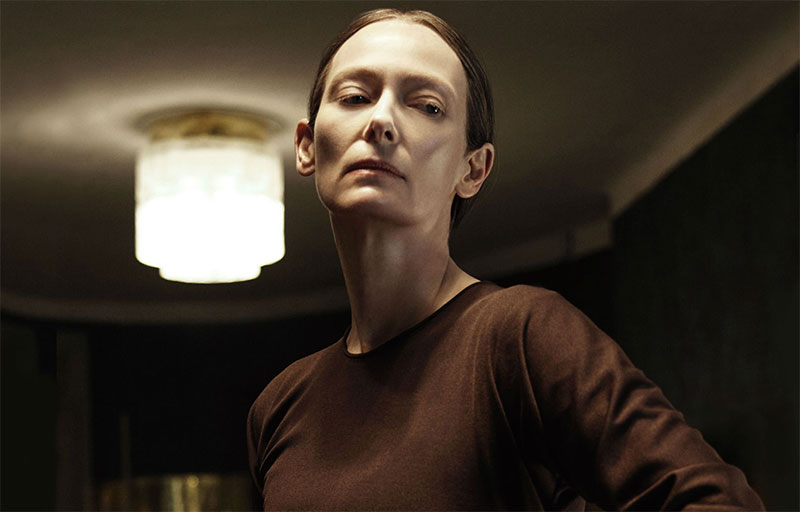
Nearly every choice made in Luca Guadagnino’s 2018 film Suspiria, inspired by Dario Argento’s 1977’s horror classic of the same name, is a bold one. The original is famous for its vibrant use of color, its relentless prog rock soundtrack courtesy of Goblin, and a purposely thin plot which is more concerned with elaborate set-pieces than its characters. These elements are all so perfectly suited for Argento’s tale of witches living in a German dance studio that it is no wonder it is on many a horror fan’s top 10 list. Guadagnino’s remake, alternately, presents a devilish 150-minute horror odyssey that exchanges the original Goblin soundtrack for a hypnotic, melancholic score from Radiohead’s Thom Yorke, a color palette that trades exclusively in blood red and wintry grey, and thematic depth which covers matriarchy, power, puberty, grief, guilt, witchcraft, dance, sex, and the interconnectedness of it all.
While Suspiria (2018) certainly owes its success to the framework established by Argento’s original, it is truly remarkable just how much Guadagnino was able to enrich this world and bring an entirely new perspective to the table while still delivering the gruesome set pieces and horrifying imagery that genre hounds were surely hoping for. Really, the extra context that Guadagnino provides to the world around these characters make the scary moments that much more effective – the audience can truly get invested in the moments that have severe consequences for the characters. Throw in all-star performances from the likes of Dakota Johnson, Tilda Swinton, and Mia Goth, and the Suspiria remake comes dangerously close to blowing the original out of the water. Or is that blood?
3. One Cut of the Dead (2018)
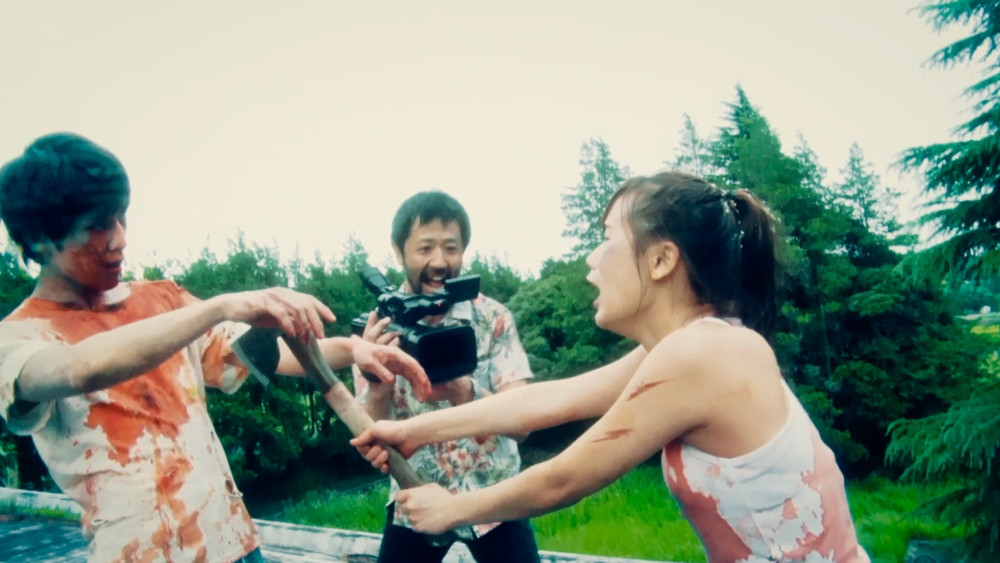
For a large part of the 21st century thus far, zombies have dominated the popular culture. Movies, shows, video games, and comics abound starring everybody’s favorite undead monsters. It has gotten to the point where the whole trend runs the risk of becoming stale. With One Cut of the Dead, however, Japanese director Shin’ichirô Ueda may have crafted the single best exercise in the subgenre to date. Without spoiling the plot for anybody who hasn’t already seen it, the entire first act of the film takes place in one single shot and depicts a film crew whose movie set falls victim to zombie infestation. The next two acts turn sharply in such a wildly different direction, yet the film never loses its footing as it continues to engage and charm in totally new ways.
One Cut of the Dead owes its great success, as well as its 100% Rotten Tomatoes score, to its abundance of originality. Without giving away what happens, there are effectively at least two entirely different films on display here, along with a portion of the film which is essentially its own behind-the-scenes bonus feature for itself. All of the actors turn in, essentially, two different performances over the course of the film. If that sounds confusing, it’s probably because it is hard to think of a film that has ever structured itself in this way. While zombie cinema’s time in the sun may be limited, One Cut of the Dead makes the case that there is still some fresh meat left on the undead bone.
4. Creep (2014)
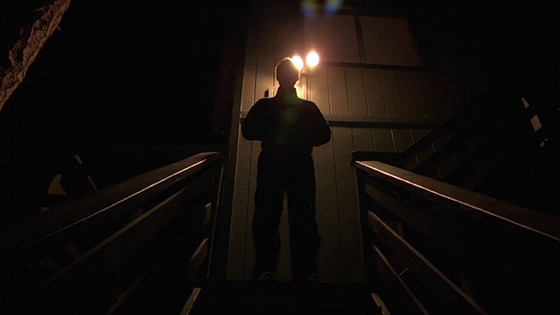
Creep was easy to overlook upon its original release. A mumblecore found-footage movie dropped onto the Netflix with little fanfare in 2014, it risked getting lost among the service’s notoriously trash-filled horror section. As the years have gone by, though, Creep managed to carve out a loyal cult following whose devotees proclaim the film as far more than “just another” found footage horror. And in fact, it seems that Creep shares less DNA with most low grade found-footage films and more with game-changers like The Blair Witch Project or Paranormal Activity, by way of My Dinner With Andre.
The premise of Creep is deceptively simple – a struggling videographer named Aaron (Patrick Brice, also director) is hired to follow around an eccentric stranger, Josef (Mark Duplass), around to document a day in his life. As the day goes on, Josef’s antics become more and more uncomfortable, and it becomes clear that Aaron has gotten himself into much more than he bargained for.
The premise is so simple that the whole film was shot without a script and constantly reworked by Brice and Duplass during the filming process. While this initially sounds like a negative, the constant organic thought put into each scene serves to make the performances feel even more lived-in, and the tension more palpable. Duplass in particular is a revelation as Josef, infusing a deeply genuine persona with enough threat and unpredictability to be wildly unsettling. Creep has only recently been recognized for its unique charms and surprisingly hard-hitting chills, but expect to be hearing about this one even more in the years to come as an example of found-footage done right.
5. Saw (2004)
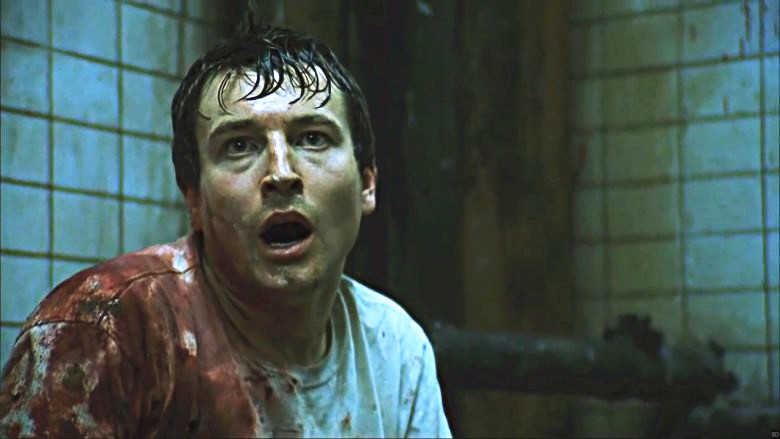
It’s easy to forget just how revolutionary the original Saw film was back in the halcyon days of 2004. While the series went on to be more twisty than The Rack and more confusing than a Reverse Bear Trap, the first film has more in common with a David Fincher-style thriller than the kind of “torture porn” that it ended up inspiring. Of course, it helps that the original Saw has a killer premise – two men (played by Cary Elwes and Leigh Whannel, who also wrote the film) awake in a dingy bathroom, on opposite sides of a dead body in the middle of the floor. One is instructed to kill the other before time runs out if he wants to live. As their situation unfolds, the police learn more about the serial killer they think is responsible, known only as Jigsaw. The structure makes famous use of flashbacks, flashforwards, and side plots as it weaves its complex web, paving the way for the iconic twist ending, a staple of the series.
In fact, a lot of what makes the first film so great is found in the sequels. What separates Saw as the rest of the series is its ability to use violence to punctuate important moments in the plot, as opposed to having a plot which serves to facilitate a succession of deathtraps. Whannel and Elwes’s characters are compelling to watch as audiences wonder just how far each is willing to go to survive, and the brutality of the other deathtraps in the film illustrate just how real the danger is for these characters that we become invested in. While the legacy of Saw is mainly one of gratuitous violence and free-flowing gore, the original film holds up as an undeniably clever hard-boiled detective thriller and a fantastic calling card for now-superstar director James Wan.